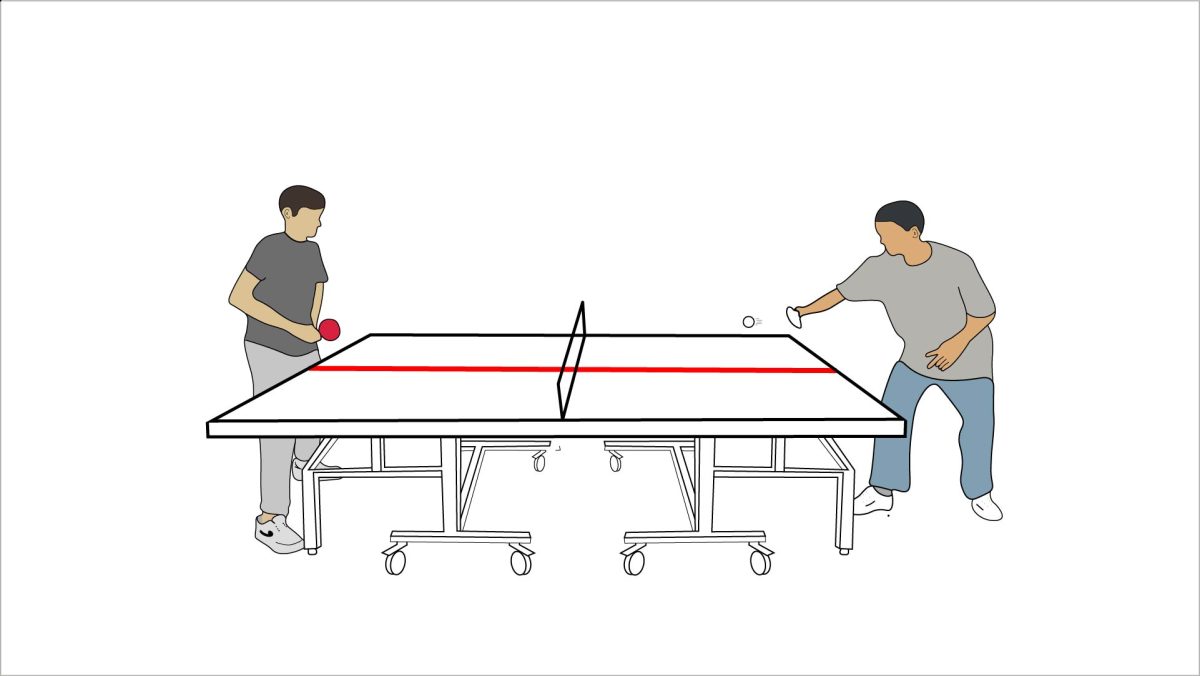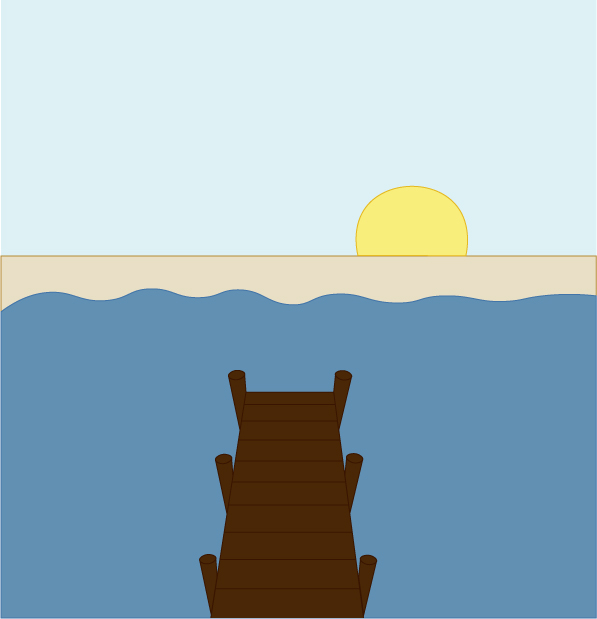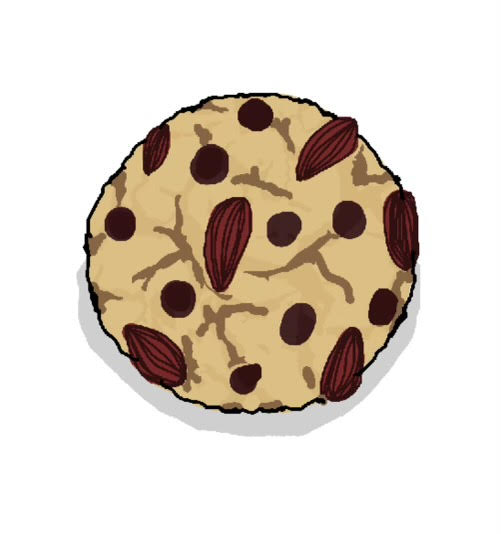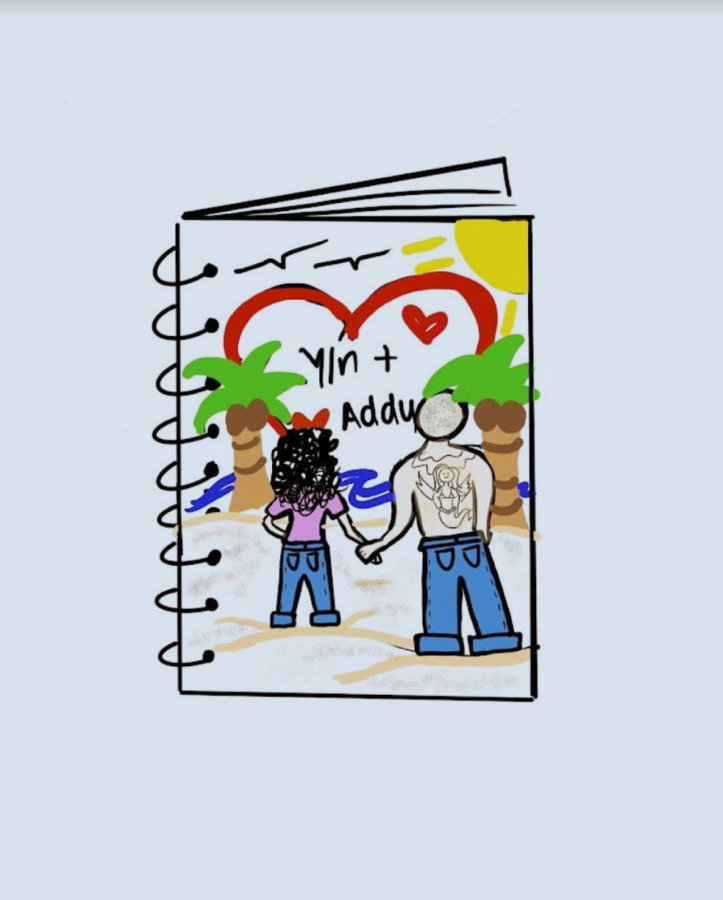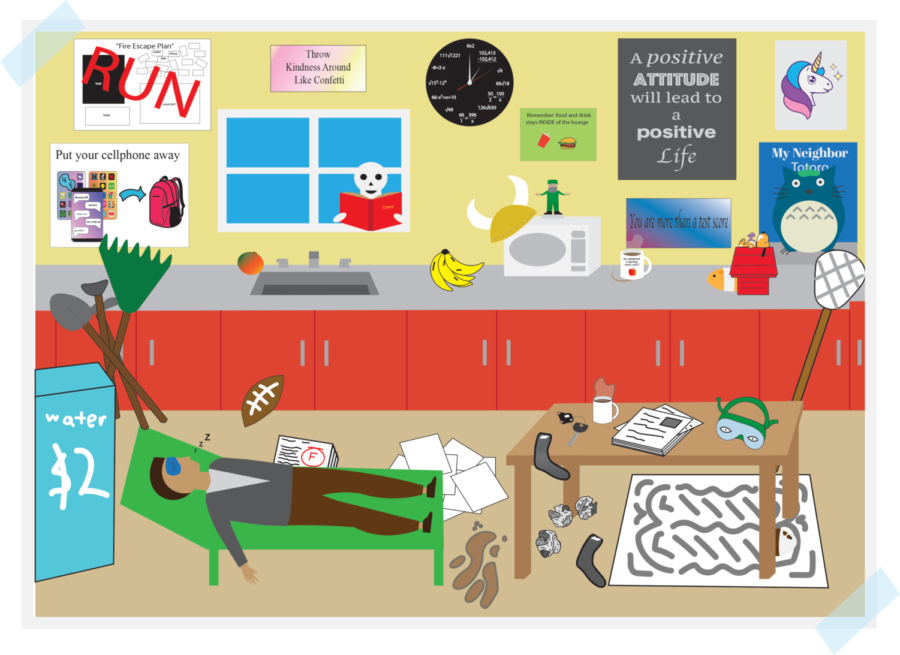In this installment of the Creativity Corner column, I’d like to discuss forced consistency within an artist’s work. Ever since I began engaging with the artist community, I’ve noticed a sort of pressure to define and hold tight to a particular style. For visual artists this might mean limiting the style of drawing or the subjects in your pieces, and for writers this comes down to restricting the genre, tense or narrative voice within your works.
You might say that your works resemble each other because they’re made by the same person, and while this is true, there’s a difference between natural artistic style and forced artistic style. When I first began taking art seriously, all of my pieces revolved around a similar tone, erratic color palette and subject—it’s only recently that I’ve begun to consciously diversify my works. I’ve done this by experimenting with mediums and subject matter, and so far the results have been extremely liberating. When I also began writing, I often constricted myself by producing works that were all within the same genre and had similar themes and points of view. I was producing the same thing over and over again in an attempt to be consistent, and as a result, I wasn’t developing as a writer. Practice is important in any artistic field, but unlike a sport, it can be detrimental to always practice the same thing.
I’ve found that in creative writing, there are two primary ways to improve and make your work individualistic without becoming forced. The first is to, like in visual arts, experiment. When people approach writing they often think of it in a linear fashion—putting words on a page in order to achieve the desired end product. Writers forget that warm-up prompts and short stories are not just tools to be utilized within an English class, but a process by which you can explore your capabilities and stretch your so-called ‘creative muscle.’ When I’m looking to change up my writing, I do short, timed sessions anywhere from 15 to 45 minutes long in response to prompts or stylistic challenges. Although I may never use what I’ve created in this time, the process itself is valuable because it allows me to make something I never would’ve otherwise.
Writers and artists also need to consume works that are outside of their chosen genres. Read widely and diversely, not only to expose yourself to new ideas but also to leave the echo chamber that is genre-fiction. If you’re reading only fantasy novels and you sit down to write your own story, your narrative voice will likely be a reflection of books that are already in circulation. Of course, being influenced by authors and mimicking what you like about their works is natural and a part of how we learn to craft our own. But the wider your influences are, the more intricate and interesting your own work will be. By reading widely and writing with intention, your own narrative voice will form naturally—as time progresses your style might change, but it’s important to be accepting of that instead of forcing yourself to create works that aren’t truly yours.
As I did in the previous installment of this column, I’d like to end on the words of an established writer. This quote comes from William Faulkner, who won the 1949 Nobel Prize in Literature and has written words such as The Sound and the Fury and As I Lay Dying: “Read, read, read. Read everything—trash, classics, good and bad, and see how they do it. Just like a carpenter who works as an apprentice and studies the master. Read! You’ll absorb it. Then write. If it’s good, you’ll find out. If it’s not, throw it out of the window.”




